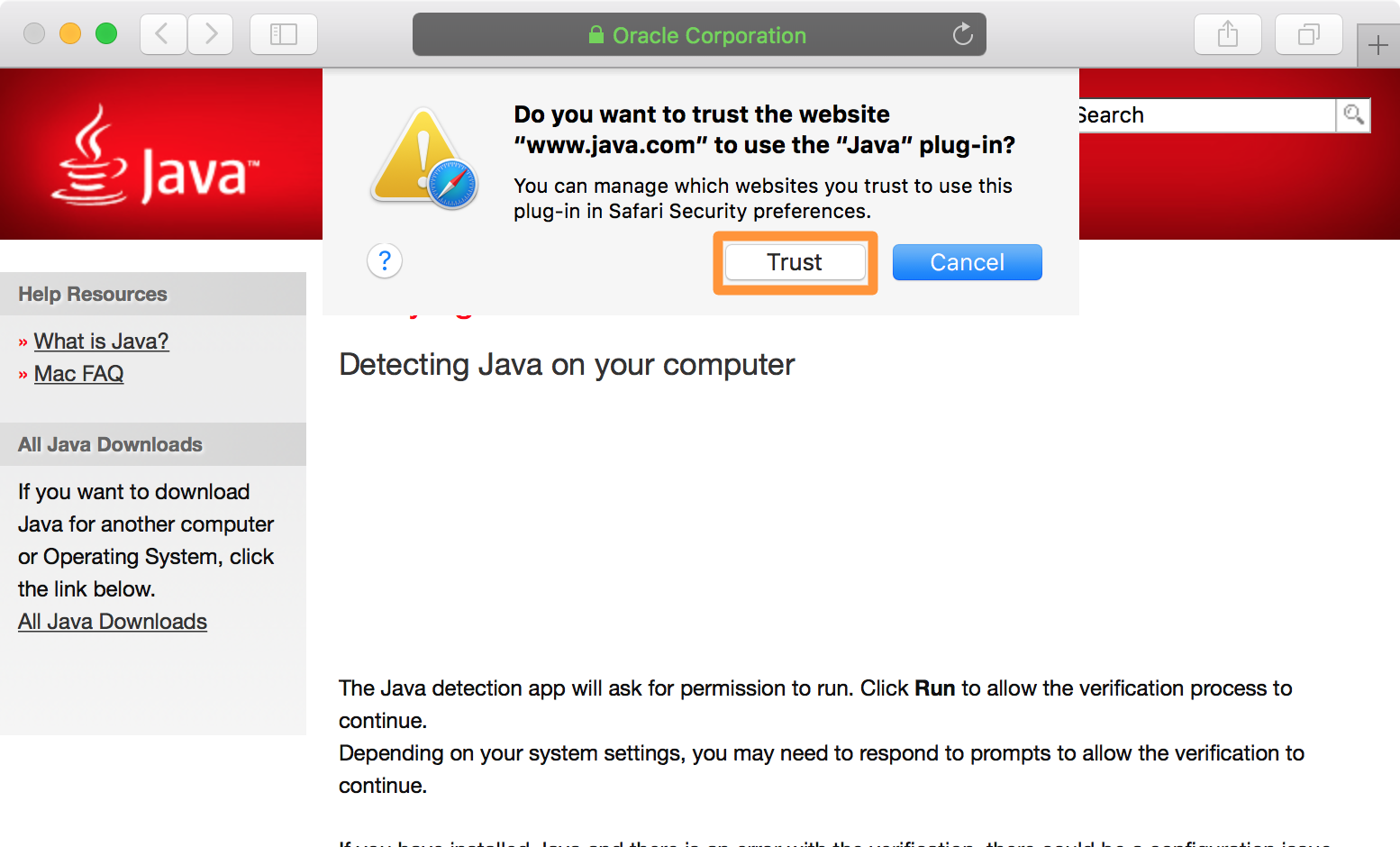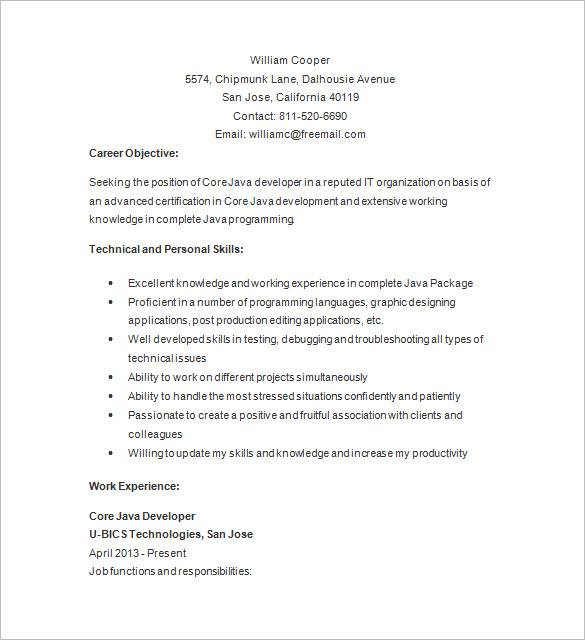Download Java For Mac Oracle
This page describes how to install and uninstall JDK 8 for OS X computers.

This page has these topics:
The Eclipse Foundation - home to a global community, the Eclipse IDE, Jakarta EE and over 375 open source projects, including runtimes, tools and frameworks. Java manual download page. Get the latest version of the Java Runtime Environment (JRE) for Windows, Mac, Solaris, and Linux. See 'Note for Users of OS X that Include Apple Java 6 Plug-in'. Only one JRE can be installed. Installing a JRE removes the previously installed JRE. The JRE version used by the system can be determined in one of two ways: From System Preferences click the Java icon from the Other category. This launches the Java Control Panel.
See 'JDK 8 and JRE 8 Installation Start Here' for general information about installing JDK 8 and JRE 8.
See 'OS X Platform Install FAQ' for general information about installing JDK 8 on OS X.
System Requirements
Observe the following requirements:
Any Intel-based computer running OS X 10.8 (Mountain Lion) or later.
Administrator privileges.
Note that installing the JDK on OS X is performed on a system wide basis, for all users, and administrator privileges are required. You cannot install Java for a single user.

Installing the JDK also installs the JRE. The one exception is that the system will not replace the current JRE with a lower version. To install a lower version of the JRE, first uninstall the current version as described in 'Uninstalling the JRE'.
JDK Installation Instructions
When you install the Java Development Kit (JDK), the associated Java Runtime Environment (JRE) is installed at the same time. The JavaFX SDK and Runtime are also installed and integrated into the standard JDK directory structure.
Depending on your processor, the downloaded file has one of the following names:
jdk-8uversion-macosx-amd64.dmgjdk-8uversion-macosx-x64.dmg
Where version is 6 or later.
Download the file.
Before the file can be downloaded, you must accept the license agreement.
From either the Downloads window of the browser, or from the file browser, double click the
.dmgfile to launch it.A Finder window appears containing an icon of an open box and the name of the
.pkgfile.Double click the package icon to launch the Install app.
The Install app displays the Introduction window.
Note:
In some cases, a Destination Select window appears. This is a bug, as there is only one option available. If you see this window, select Install for all users of this computer to enable the Continue button.Click Continue.
The Installation Type window appears.
Click Install.
A window appears that says 'Installer is trying to install new software. Type your password to allow this.'
Enter the Administrator login and password and click Install Software.
The software is installed and a confirmation window appears.
Refer to
http://www.oracle.com/technetwork/java/javase/downloads/jdk-for-mac-readme-1564562.htmlfor more information about the installation.After the software is installed, delete the
.dmgfile if you want to save disk space.
Determining the Default Version of the JDK
If you have not yet installed Apple's Java OS X 2012-006 update, then you are still using a version of Apple Java 6 that includes the plug-in and the Java Preferences app. See 'Note for Users of OS X that Include Apple Java 6 Plug-in'.
There can be multiple JDKs installed on a system, as many as you wish.
When launching a Java application through the command line, the system uses the default JDK. It is possible for the version of the JRE to be different than the version of the JDK.
You can determine which version of the JDK is the default by typing java -version in a Terminal window. If the installed version is 8u6, you will see a string that includes the text 1.8.0_06. For example:
To run a different version of Java, either specify the full path, or use the java_home tool:
Free Java Download For Mac
For more information, see the java_home(1) man page.
Uninstalling the JDK
To uninstall the JDK, you must have Administrator privileges and execute the remove command either as root or by using the sudo(8) tool.
For example, to uninstall 8u6:
Do not attempt to uninstall Java by removing the Java tools from /usr/bin. This directory is part of the system software and any changes will be reset by Apple the next time you perform an update of the OS.
I am trying to create my first macro with LibreOffice version 6.1.6.3 on a MacBook Pro running Mac OS X 10.14.5. When I select menu item 'Tools | Macros | Run Macro' I get this popup box: 'LibreOffice requires Oracle's Java Development Kit (JDK) on Mac OS X 10.10 or greater to perform this task. Please install them and restart LibreOffice.' However, the title of the popup box is 'JRE Required'.
I found a potential answer to this problem in the question 'Mac Java problem when creating a database' but the detailed directions talk about installing the JDK. The error messages I got in the popup implied that I need both the JDK and the JRE.
When I install the JDK will I also get a copy of the JRE? What are the current instructions for installing the needed Oracle libraries if I want to use macros?
Java 8 For Mac

Thanks, bobby
Comments
When I install the JDK will I also get a copy of the JRE?
Yes. As I understand, Oracle doesn’t provide a JRE alone. Sorry, I can’t give any other pointer as I don’t use Mac.
@gabix There is a JRE for Mac OS X (current versions filename is jre-8u221-macosx-x64.dmg), but LibreOffice can't deal with that.
I meant the current Java, not the old Java 8.
E-bot, why not repost it as an answer?
Since I work with Windows and not with Mac, I only saw it as an additional hint. And the question was already marked as solved. If it still helps, so much the better. Have all your joy in it.
